Famous Fangs: Tales of Our Favorite Vampires

Evolution of a Vampire
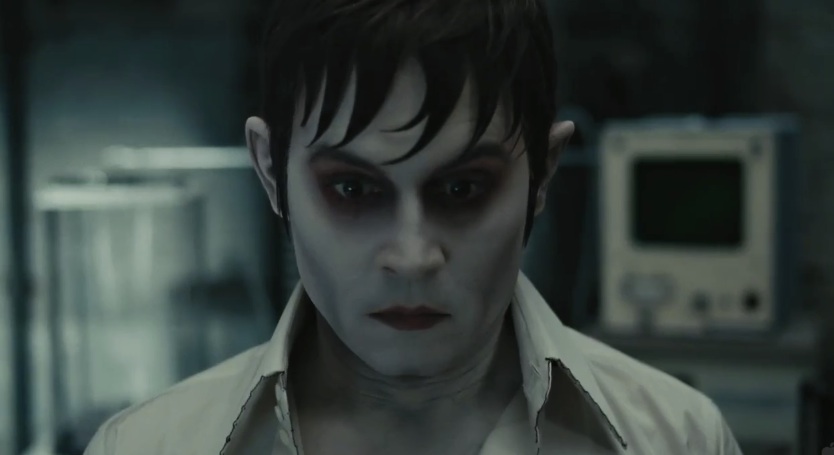
Director Tim Burton brought vampires back to the big screen in May 2012 with "Dark Shadows," a horror comedy based on a gothic soap opera from the late 1960s. Johnny Depp plays an 18th-century vampire freed into the disco-loving 1970s and plagued by a vengeful witch.
We've come a long way from the days of halting Romanian accents. Nevertheless, vampires have been staples of horror tales since at least the 1700s, with folklore about the hungry undead stretching back hundreds of years before that.
From Count Dracula to the glittery vampire hero of the "Twilight" series, here's a tour through pop-culture vampires we have loved, hated and been seriously spooked by.
The Vampyre
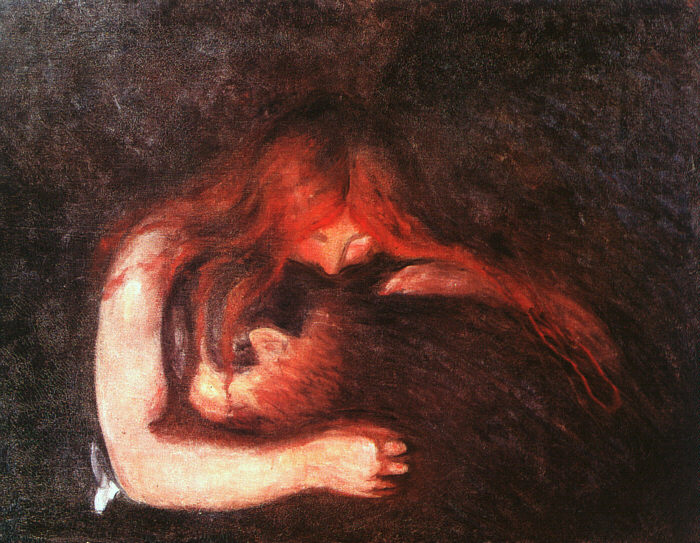
The first true literary vampire was a mysterious man named Lord Ruthven. As the titular character of John William Polidori's 1819 novella "The Vampyre," Ruthven seduces innocent maidens and proves himself an expert at vanishing without a trace. The book was a trendsetter for the vampire myth: Instead of terrorizing eastern European peasants, Ruthven was suave, genial and a stalker of London's high society from within. Even today, the image of vampires as sultry, high-class seducers remains.
"The Vampyre" owed its inspiration to the 1816 "Year Without a Summer." That year, temperatures plummeted globally, in part due to major volcanic eruptions in the prior months. Polidori was in Switzerland with the poet Lord Byron and other literary luminaries such as Mary Wollstonecraft Shelley. Bored of rain and gloom, the group entertained each other with scary stories. Shelley's "Frankenstein" would arise from this same summer.
Dracula
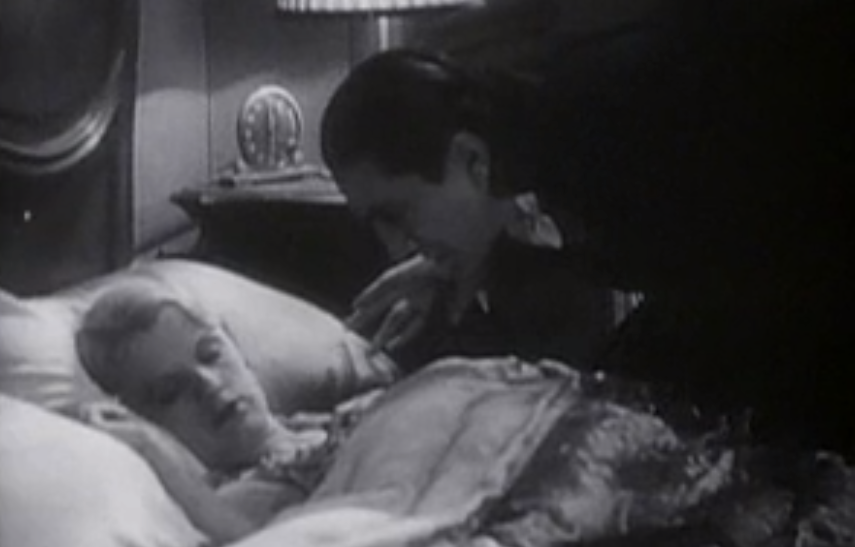
If Ruthven transformed the vampire myth, Bram Stoker perfected it. His 1897 novel "Dracula"invented the most well-known vampire to this day. The novel tells the story of Dracula's move from the Carpathian Mountains of Eastern Europe to England. There, he cements his reputation as a (literal) lady-killer before a climatic showdown back in Transylvania. The novel had it all: garlic, bats, stakes through the heart and spooky Romanian castles.
In 1931, Bela Lugosi put a face to the Count in the film version of the novel. His slow, accented delivery became the definitive voice for vampires, but unfortunately for Lugosi, he ended up typecast in the role of horror villain.
Get the world’s most fascinating discoveries delivered straight to your inbox.
Danny Glick
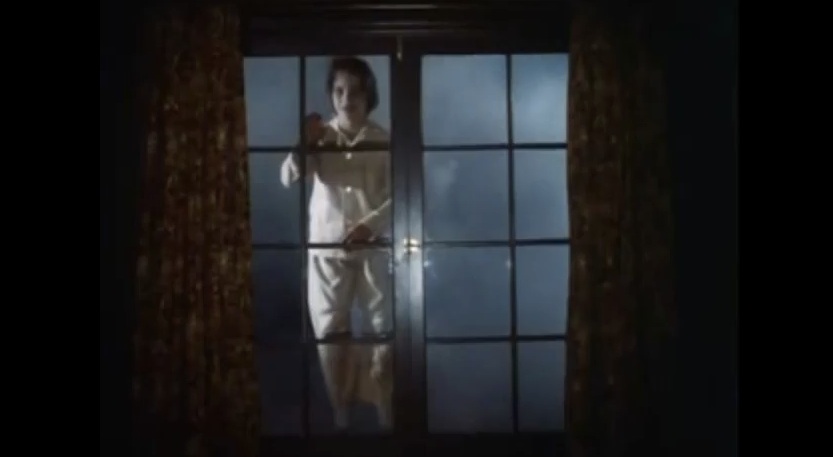
What's creepier than a vampire? How about a vampire kid? Danny Glick is patient zero in a vampire "infection" that takes over the town of Jerusalem's Lot, Maine, in Stephen King's 1975 novel "'Salem's Lot." According to King's website, Dracula was the book's inspiration.
"One night over supper I wondered aloud what would happen if Dracula came back in the twentieth century, to America," King wrote. "'He'd probably be run over by a Yellow Cab on Park Avenue and be killed,' my wife said."
So King set his novel in rural Maine, complete with a creepy undead Danny Glick. The most famous scene in the 1979 TV miniseries based on the book featured Danny floating at a bedroom window, scratching to be let in. Good luck sleeping tonight, kids. [10 Scariest Movies Ever Made]
Lestat de Lioncourt

Blonde, aristocratic and sexy, Anne Rice's vampire Lestat is a New Orleans bad-boy weary of immortality. Like many modern authors, Rice tweaked the vampire myth to fit her purposes: Lestat and his ilk aren't susceptible to crosses, stakes or garlic, but they can be defeated by sunlight and fire.
Rice's novel series "Vampire Chronicles" featuring Lestat was an important milestone in the evolution of pop-culture vampires. Increasingly throughout the 1980s and 1990s, authors and filmmakers began to portray vampires not as inhuman bloodsuckers, but as superhuman — and sympathetic. Lestat is no moral paragon, but his charisma is hard to ignore.
Angel
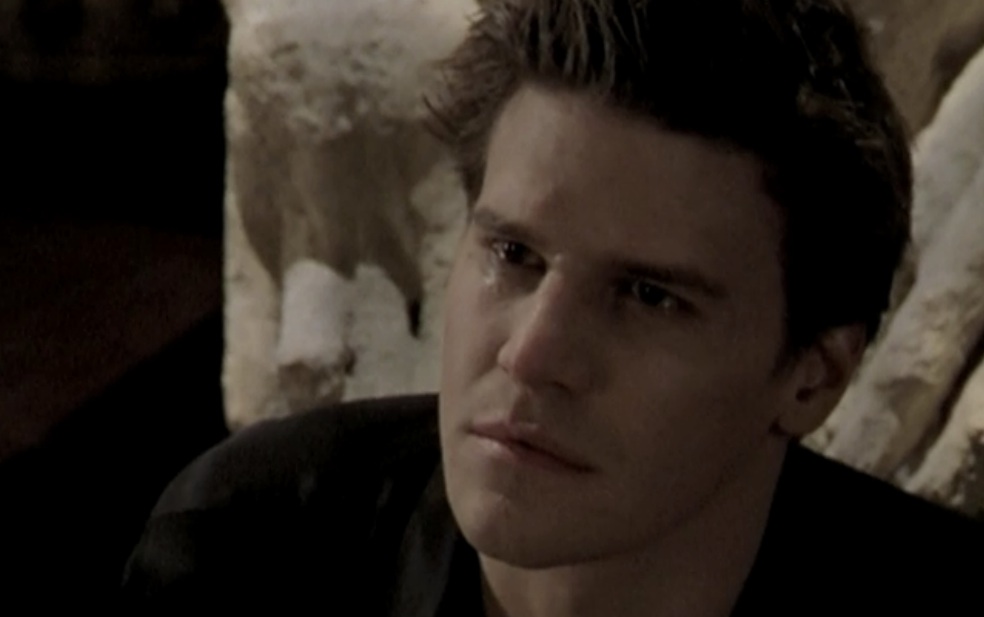
Case in point: Angel, played by David Boreanaz in the cult hit "Buffy the Vampire Slayer." A drunken lout in life, Angel becomes a vampire with a nasty streak, known for elaborately displaying his victims so as to best torment their loved ones. Then he is cursed by gypsies with a soul and forced to face up to his vampiric crimes. Decades of brooding later, he falls in love with a perky Californian vampire slayer by the name of Buffy Summers.
Adding to Angel's troubles, however, is that a moment of true happiness will take his soul and turn him evil. This fine print doomed his relationship with Buffy and sent him to Los Angeles, where he got his own spin-off, had a kid and, at one point, ran an evil legal firm. A strange-sounding plot to be sure, but "Angel" inspired nearly the vociferous fan base as the original "Buffy."
Spike
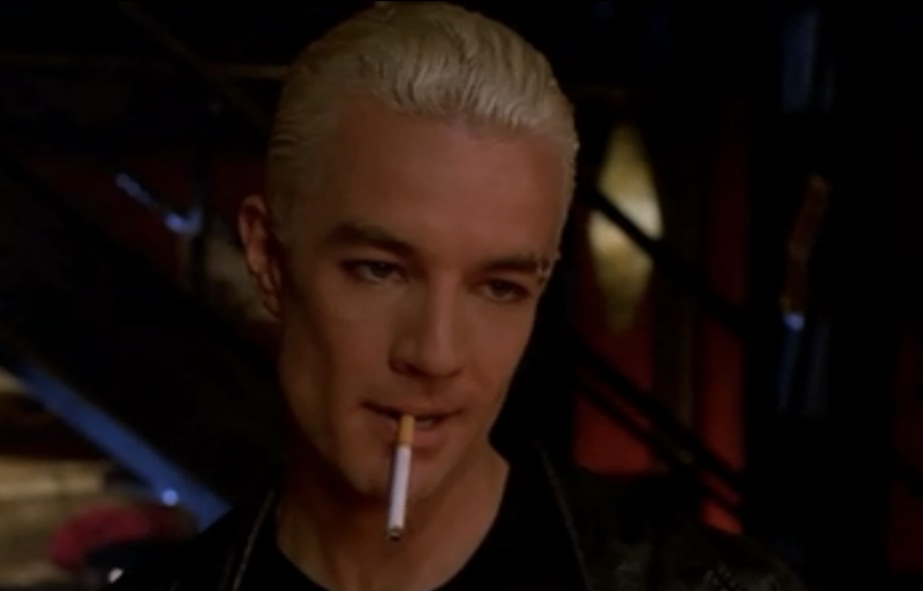
Another famous "Buffy" vampire, Spike started out as a wise-cracking punk-rock villain and gradually evolved into an antihero as the series continued. Hedonistic and always spoiling for a fight, Spike (played by James Marsters) was a bit of a commentary on the "cool vampire" trend. In life, he was a failed poet and shy mama's boy. Once he becomes a vampire, however, he very deliberately crafted his bad-boy image, even affecting a lower-class accent to appear tougher. Unfortunately for Spike's super-villain ambitions, his poet background surfaces in his affection for Buffy. By the end of the series, he's (grudgingly) fighting for good. [Our 10 Favorite Monsters]
Edward Cullen

Beloved by some, hated by others as a step too far away from original vampire lore, Edward Cullen is the sparkly romantic hero of Stephenie Meyer's "Twilight" series. Edward doesn't eat humans, likes collecting cars, and when hit by sunlight, he sparkles instead of turning to dust. But in true vampire fashion, he falls head-over-heels in love with a human girl, Bella Swan, and spends four books saving her from various dangers.
Cullen's romantic streak is a controversial point among Twilight fans and critics. He sneaks into Bella's bedroom to watch her sleep, disables her car's engine to keep her from seeing her werewolf friends and once has his family hold Bella hostage to "protect her." White-knight behavior or something a stalker would do? We doubt Buffy would stand for it, anyway.
Bill Compton
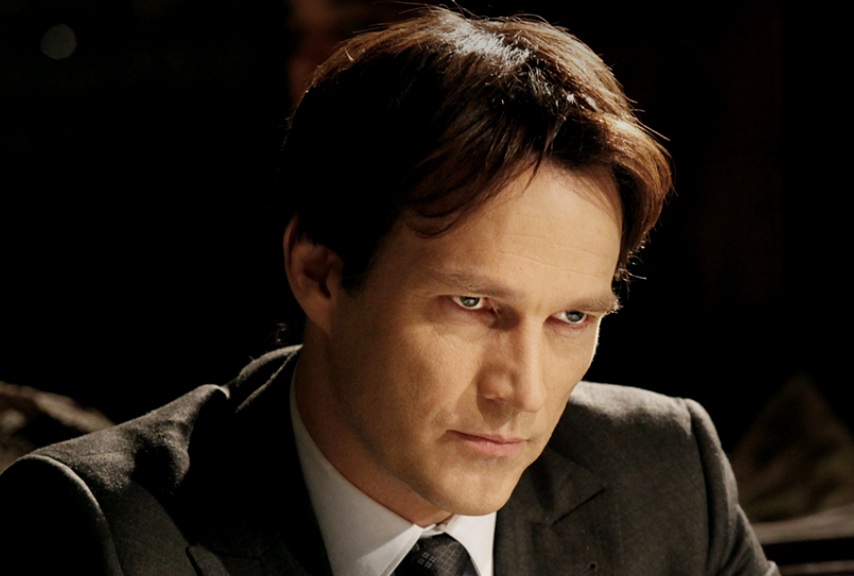
The HBO show "True Blood" flips the vampire myth on its head. Sure, vampires are bloodsuckers, but scientists in Japan have created a synthetic blood that saves them from having to prey on humans. Now "out of the coffin," vampires are in danger of getting their own blood drained — humans use vampire blood as a narcotic.
As one of the main "True Blood" vamps, Bill Compton (played by Stephen Moyer) is a Civil War veteran and one corner of a love triangle between human protagonist Sookie Stackhouse and Viking vampire Eric Northman (played by Alexander Skarsgard), thus continuing the long tradition of vampires in love with humans.
Count von Count
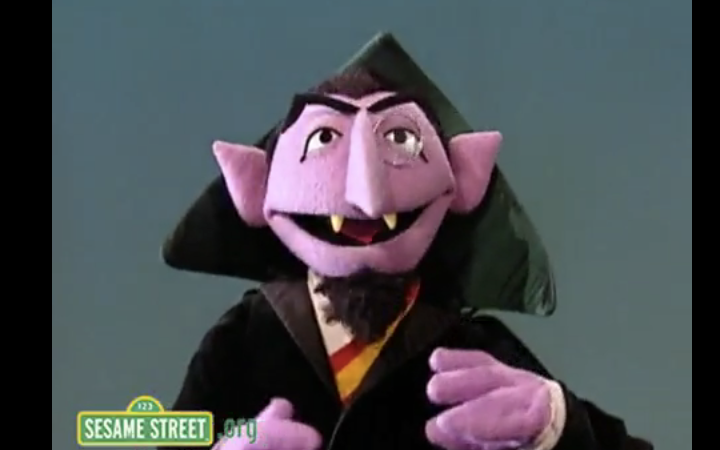
"Sesame Street" gave the world perhaps the most lovable vampire of them all: Count von Count. This purple Muppet loves to, well, count. He counts his bats, he counts his cat ("von") and he once refused to let Kermit the Frog off an elevator because he was too busy counting the floors.
The Count borrows his accent and diabolical laugh from Bela Lugosi's Dracula, but his obsession with counting actually has an origin in vampire lore. According to eastern European myth, vampires were obsessed with counting. To escape them, a person could throw a handful of rice, seed or grain on the ground. The vampire would be compelled to count, allowing the would-be victim to flee.

Stephanie Pappas is a contributing writer for Live Science, covering topics ranging from geoscience to archaeology to the human brain and behavior. She was previously a senior writer for Live Science but is now a freelancer based in Denver, Colorado, and regularly contributes to Scientific American and The Monitor, the monthly magazine of the American Psychological Association. Stephanie received a bachelor's degree in psychology from the University of South Carolina and a graduate certificate in science communication from the University of California, Santa Cruz.
